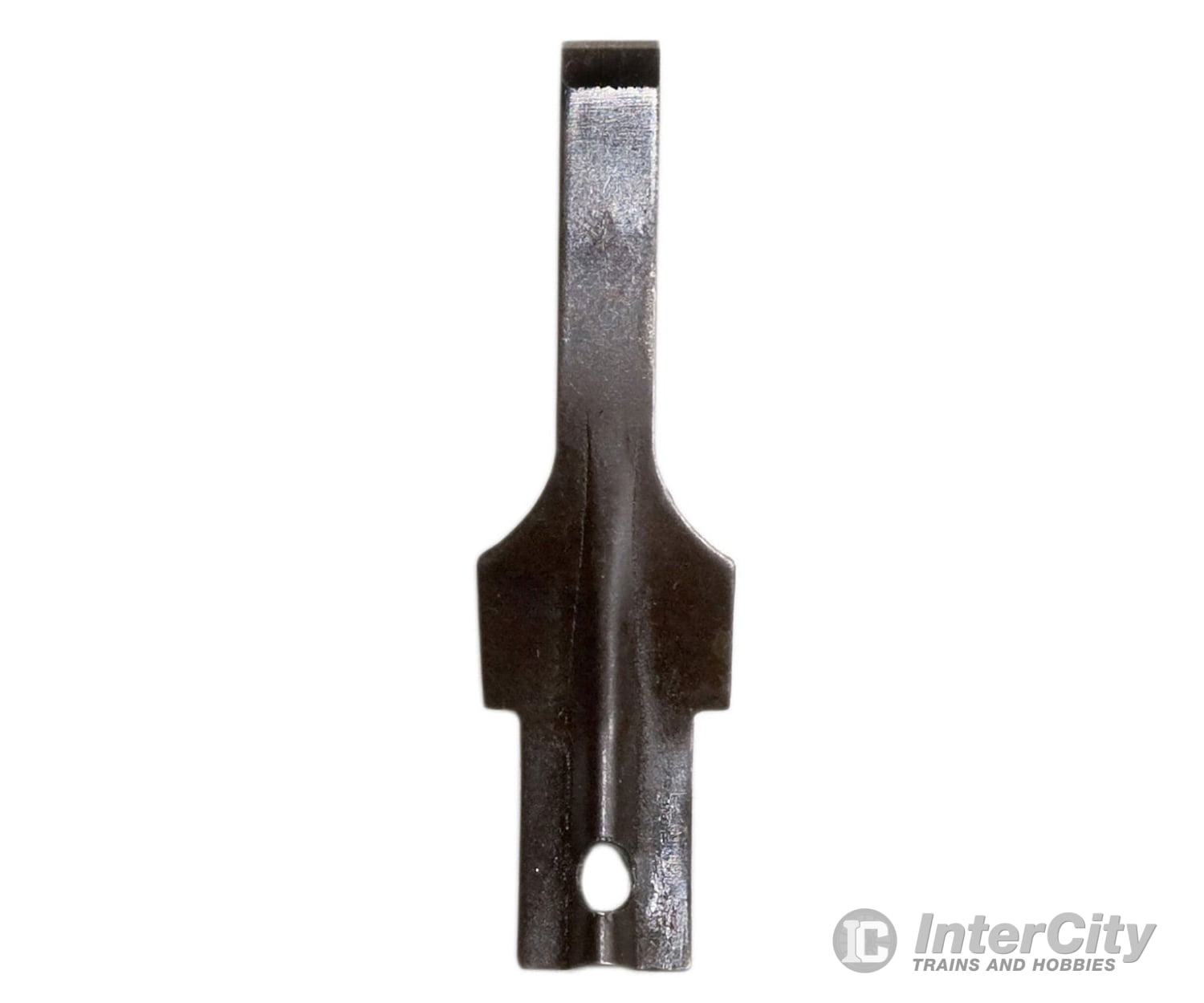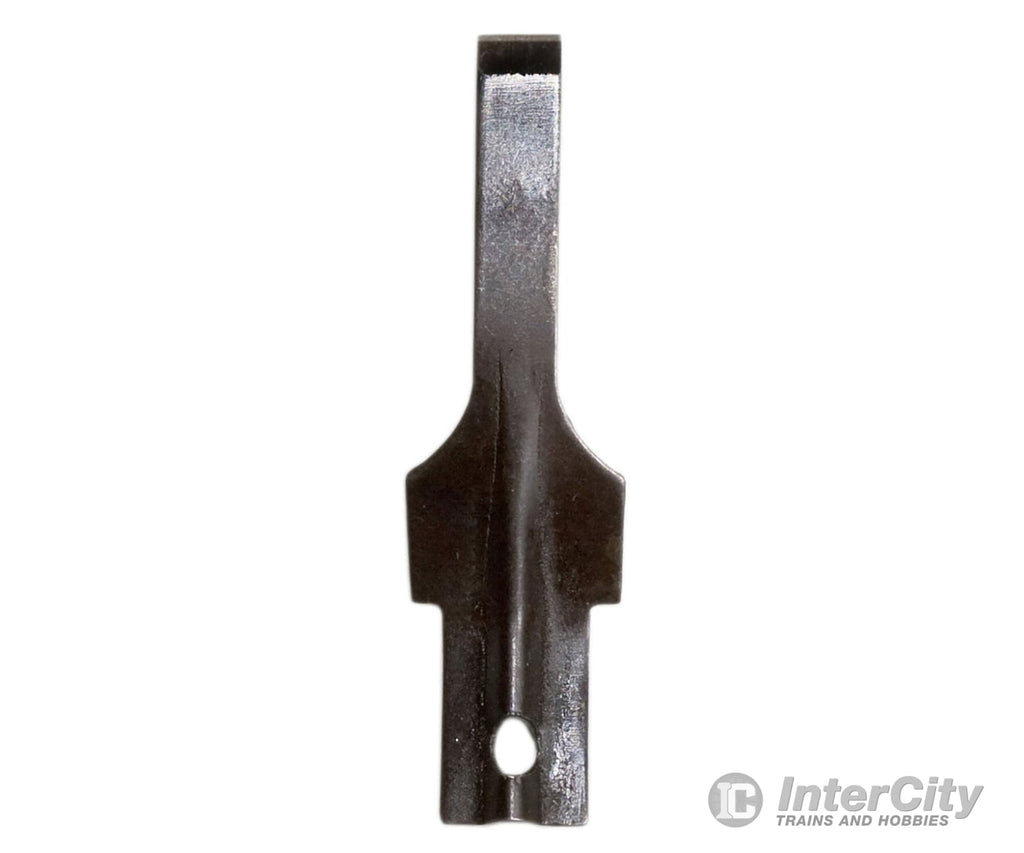Description
Excel Blades Wood and Linoleum Replacement Carving Gouges - Replacement Blades
- Excel Blades Gouge is a deep gouge used for carving, chiseling and whittling
- Made of carbon steel
- Used with: wood, rubber, wax, clay, linoleum and more.
- Used by: hobbyist, wood carvers, metal workers, stone masonry, architects, costume designers, crafters, contractors, designers, stamp artists and carpenters.
- Fits with Excel Blades K7 handle
- Includes (2) Gouges
Carving gouges are essential woodworking tools used to remove wood material and create contours, shapes, and textures on wood surfaces. Here are the steps on how to use a carving gouge:
-
Choose the right gouge: There are different types of gouges, each with a specific curvature and purpose. Select a gouge that is appropriate for the project you're working on. We have several to choose from.
-
Secure the wood: Clamp the wood piece to a workbench or use a vice to secure it in place. This will help to prevent any movement or slippage while you're carving.
-
Make the first cut: Place the gouge's cutting edge on the wood surface, and with a firm and controlled push, slice away the wood in a consistent motion. It's essential to keep the gouge moving in a single direction and not to twist or turn it while cutting. Repeat this process to create the desired shape.
-
Change the angle: To make different cuts, adjust the angle of the gouge. A steeper angle will make deeper cuts, while a shallower angle will remove less wood. Experiment with different angles to achieve various shapes and textures.
-
Control the gouge: The key to successful carving is to control the gouge's depth and direction. Make shallow cuts, then deepen them gradually to achieve the desired depth. Keep the gouge perpendicular to the wood surface to prevent it from digging in too deeply and splitting the wood.
-
Sharpen the gouge: Keep your gouge sharp by honing it regularly with a sharpening stone or a honing compound. A sharp gouge will make clean, precise cuts and reduce the risk of slipping and injury.
Carving with gouges requires practice and patience. Start with simple projects and gradually work your way up to more complex designs as you gain more experience.


